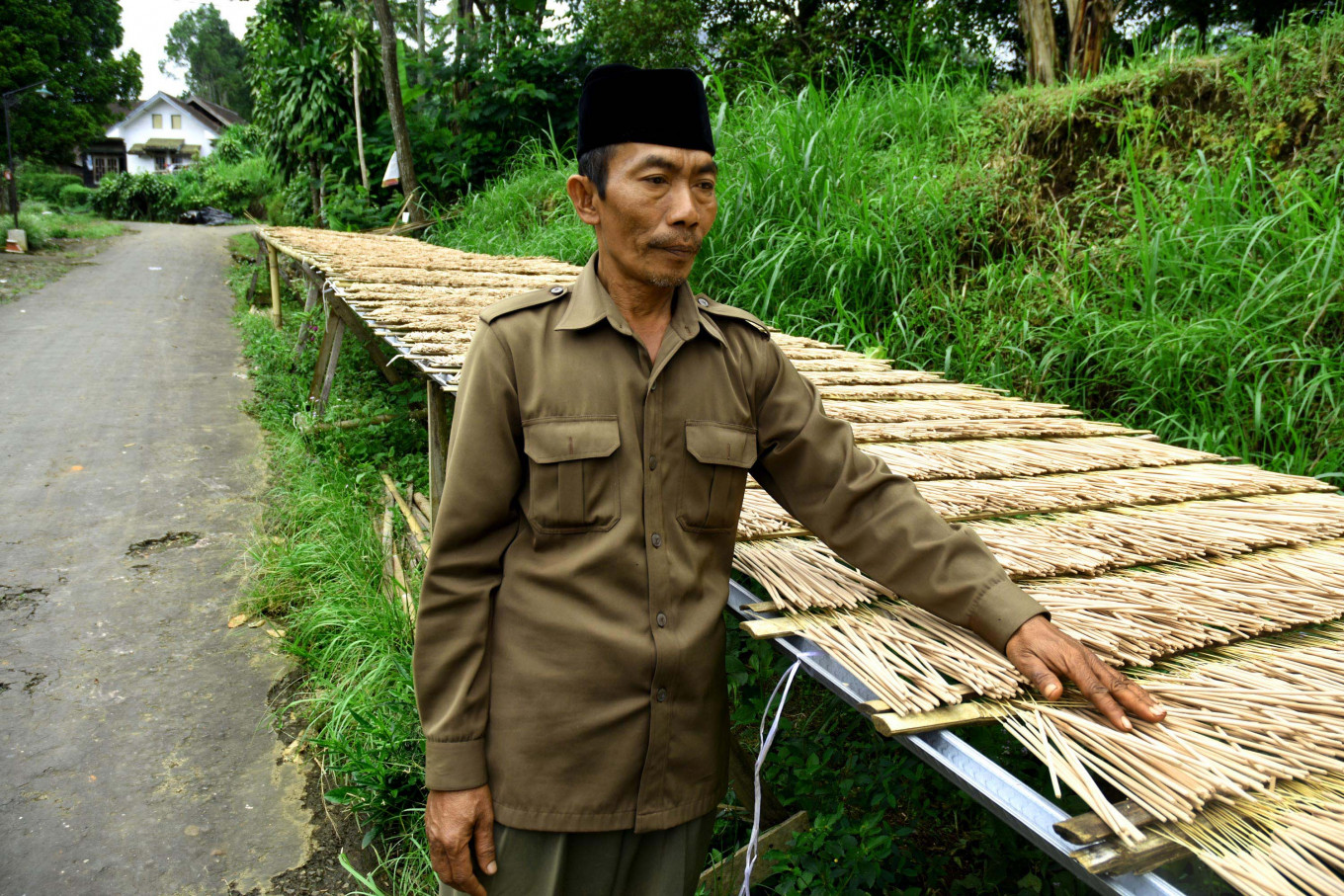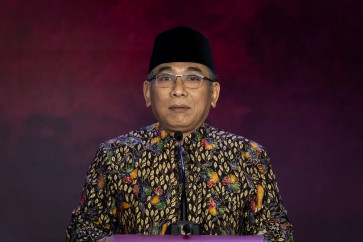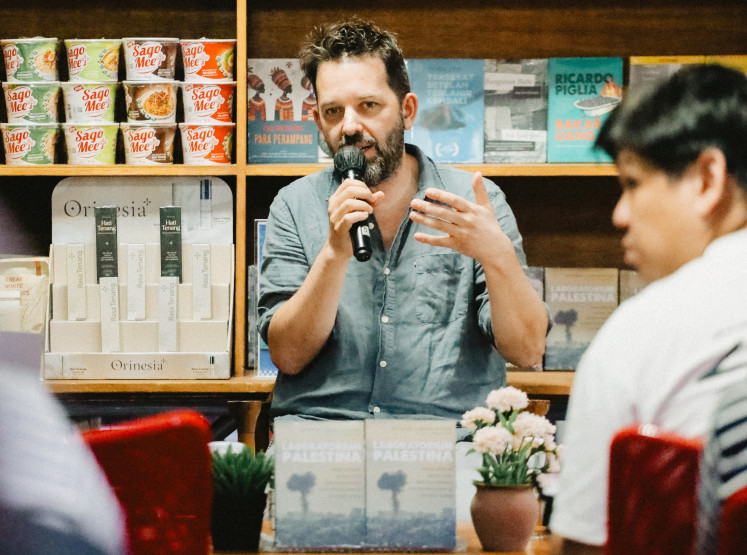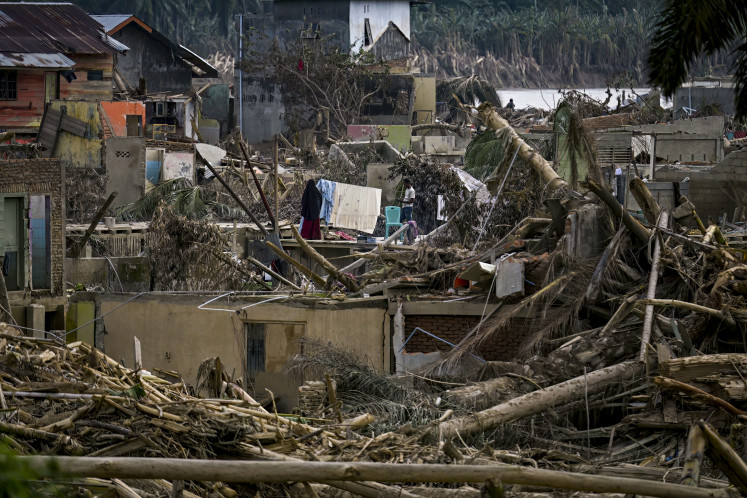Popular Reads
Top Results
Can't find what you're looking for?
View all search resultsPopular Reads
Top Results
Can't find what you're looking for?
View all search resultsNose for business: Malang villager sparks incense boom
A 53-year-old resident has turned the production of incense into the economic backbone of his village in Malang, East Java.
Change text size
Gift Premium Articles
to Anyone
The winding road of Dalisodo village in Malang, East Java, was lined by cloves on either side. Once in a while, passersby could see housewives airing incense on their yards. The road eventually took me to see Kusnan, a 53-year-old resident of Dalisodo, who pioneered the making of incense in the village in 1982.
Twenty people in Dalisodo are in the business of making incense today. After working for Kusnan, each started their own business, whereas most of the residents work as farmers and cattle breeders.
Incense produced in Dalisodo is sold in Bali, Jakarta, Singkawang (West Kalimantan), Pematangsiantar and Medan (North Sumatra). In Chinese culture, incense is considered a medium to connect with the gods and used in religious ceremonies and ancestor veneration.
“At first I worked in a home industry that produced incense in Bali, from 1979 to 1982,” said Kusnan, recalling how he got into the business. He went back to his hometown of Malang in 1983 and started his own incense production, with the help of his wife. “I always say to my employees, ‘don’t stay too long in your position, it’s better to start your own business’,” he said.
The incense itself is made of teak sawdust, while the sticks it is sold on are made from bamboo. The first step is mixing the sawdust with adhesive powder and water. The dough is then tinted according to the order and affixed to bamboo sticks.
Read also: Woman in Malang makes Christmas-themed sock dolls, empowers stay-at-home mothers
“In the beginning of my business, I sold the incense by carrying it on my shoulders to Bali. I went home to Malang once a week,” Kusnan said. When he began to gain loyal customers in the 1990s, Kusnan decided to focus on making incenses at home. The products were shipped via public transportation at a time when shipping services were scarce.
“In 2013, I replaced the manual way of affixing incense dough to sticks with machines. They are more practical and produce incense of higher quality, though I have to use bamboo sticks imported from China, as they are tougher,” he said.
Incense produced by Kusnan comes in five colors: red, green, yellow, black and neutral. Yellow and red ones are traditionally used in the Chinese culture. Daily religious ceremonies usually use red incense sticks, while the yellow ones are for funerals. Neutral-colored incense is generally used for aromatherapy.
Kusnan produces up to 400 kilograms of incense daily, but nearing the Chinese New Year celebration, production can rise to 700 kg daily. Five hundred incense sticks weighing 1 kg are sold for Rp 20,000 (US$1.4).
“Now the incense home industry has become the backbone of the village economy, along with farming and breeding,” said Kusnan. (wng)











